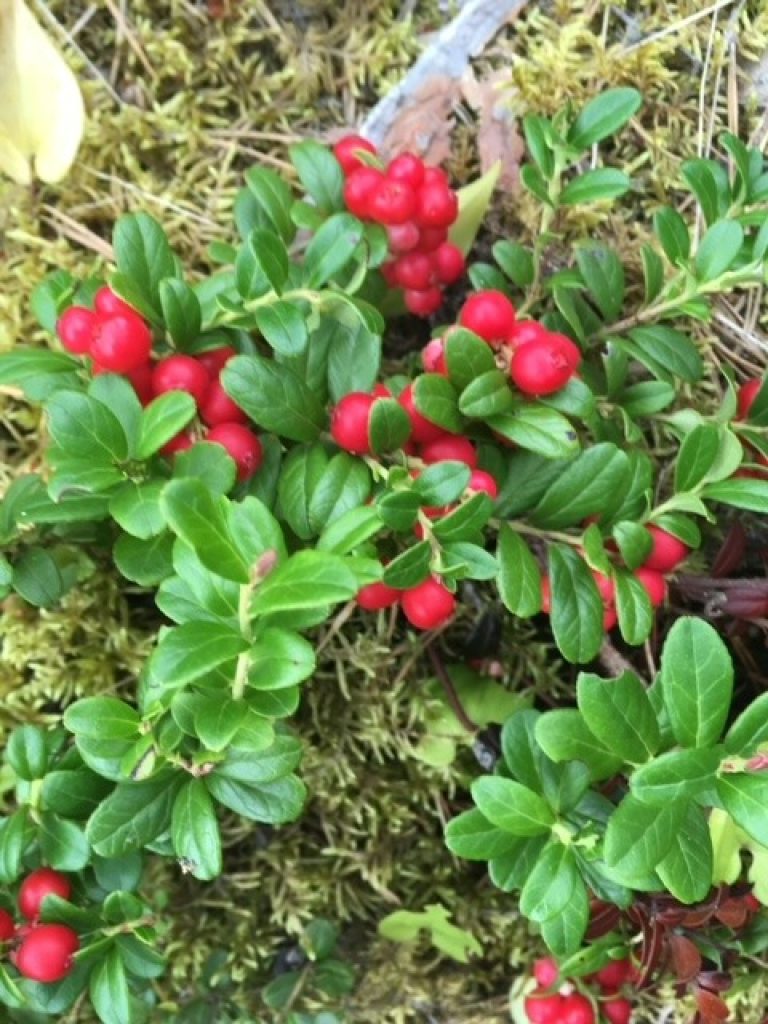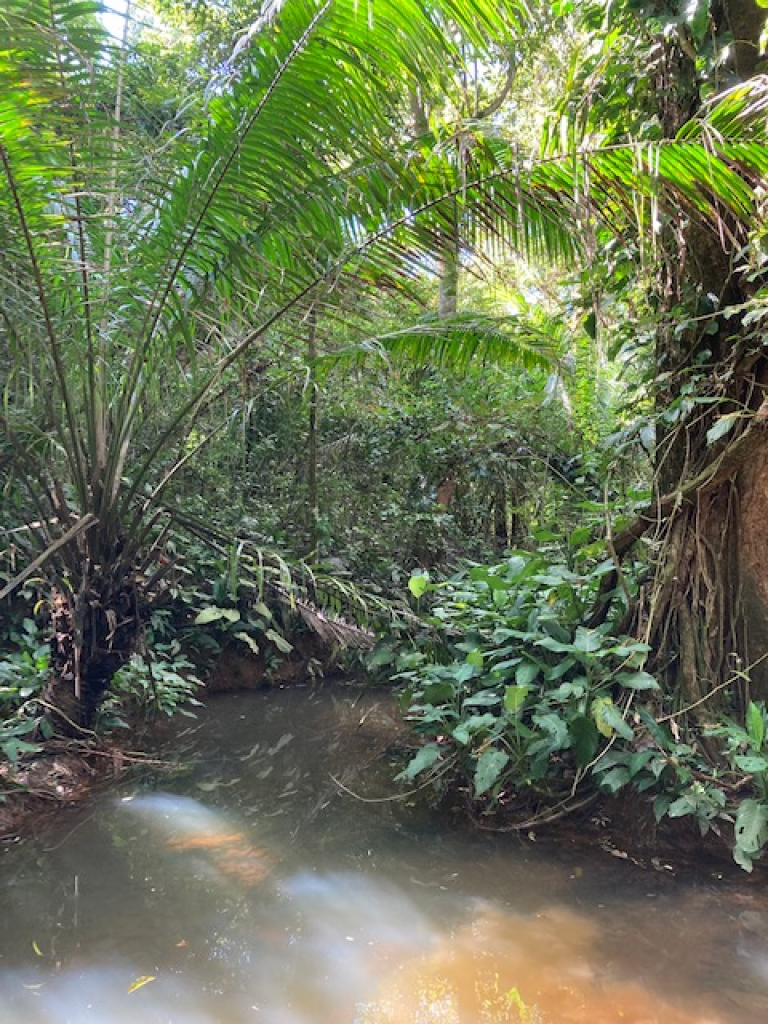Yesterday, the Swedish Forest Industries launched a report on biodiversity (in Swedish) “Skogens biologiska mångfald – om arter, miljöarbete och statistik”. I am proud to say that I was a part of the team who worked with the report, which took almost a year to complete.
Today in Sweden there is a rather fiery debate about forestry and biodiversity at the moment. In short, the environmental NGOs are criticizing the forest industry and actually forest owners in general, for depletion of biodiversity. The other day, Greta Thunberg compared the Swedish forest industry with oil industry regarding their environmental impact. The forest industry has been trying for a long time to explain the benefits of sustainable forestry for the climate and to show that they are contributing to improved biodiversity in forests. So this comment from her didn’t go down particularly well.
The reality is as always neither black nor white, and that is what the report is describing.
A particularly interesting take away from the report is the analysis of the Swedish Red List. Today the Red List is used by the critics of forestry (in general) to show that the Swedish forest practices are contributing to the depletion of forest biodiversity. A closer look at the Red List database shows that it is indeed a good tool for determining the population status of species but that it does not actually measure the biodiversity per se. There is also a need for a more nuanced picture of which processes that actually endanger species. For example, wood harvesting is today stated as the reason for depletion of many species which when penetrating deeper into the database, only occur in nature reserves or in areas where no harvesting is actually taking place.
Half of the red listed forest species in Sweden are connected to the hardwood forests, which are neither a common forest type or harvested at scale. For this reason, it is important to understand the data behind the Red List before making conclusions that forestry is a threat to all forest species in the country.
However, and perhaps equally important, is the debate. Forestry industry and forest owners simply have to accept that the science does not always prevail (unfortunately). People have perceptions and feelings, and there are a lot of feelings involved in the discussions about forestry practices today.
Global discourse is increasingly shifting towards more protection of biodiversity, and this is definitely happening in Europe as well as in Sweden. My take on this is that the industry should find ways to monetize on the good work they are doing.
Look outside Sweden and learn from others. There are excellent examples among both large forest corporations as well forest owners associations on both work with carbon- and biodiversity offset credits. It is actually possible to earn money on protection of biodiversity.




